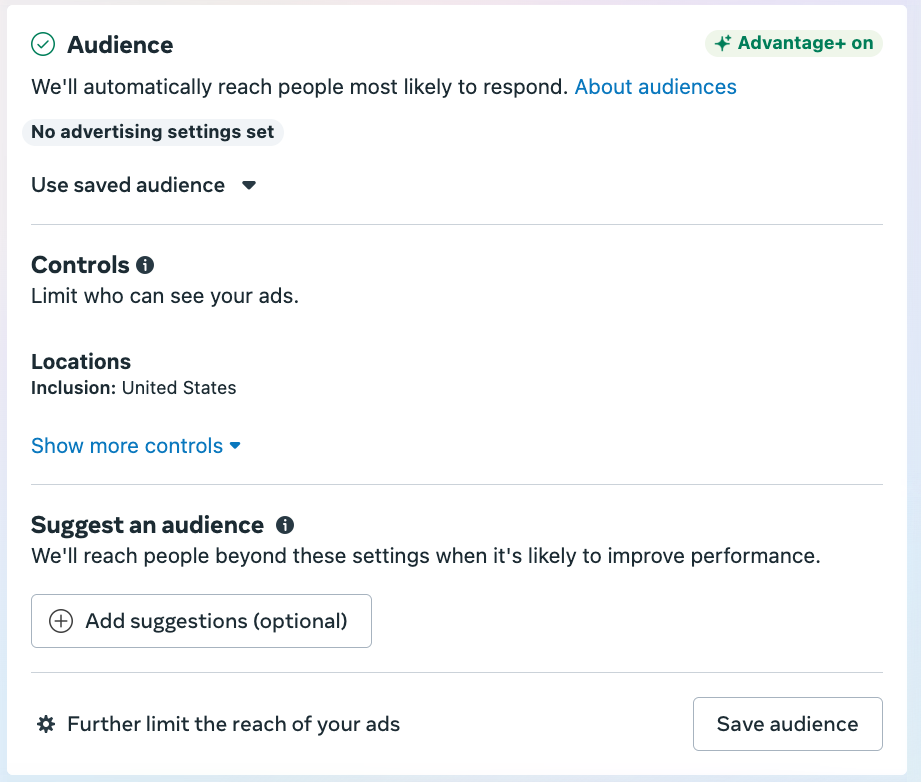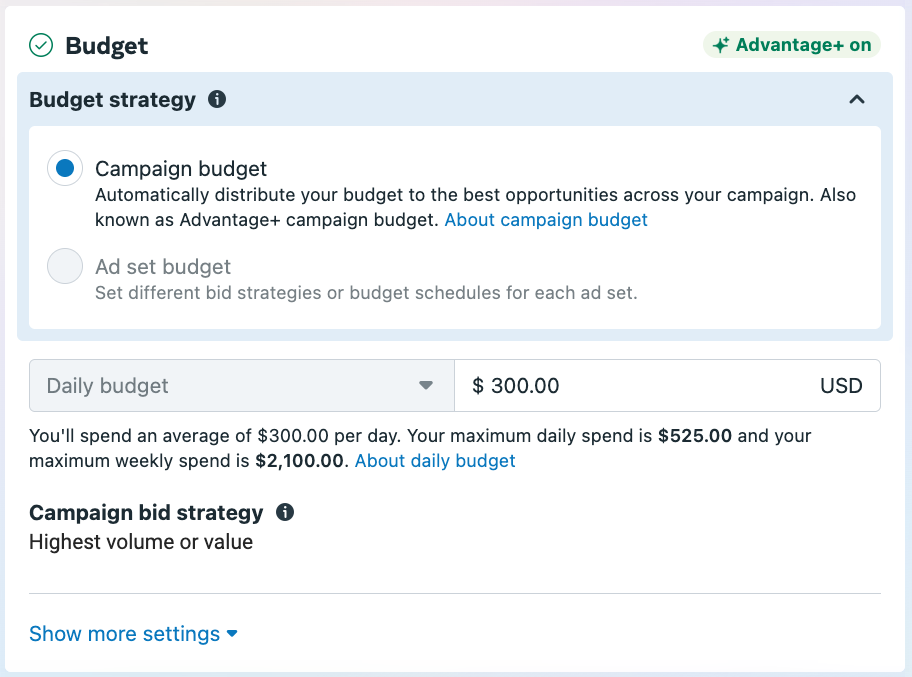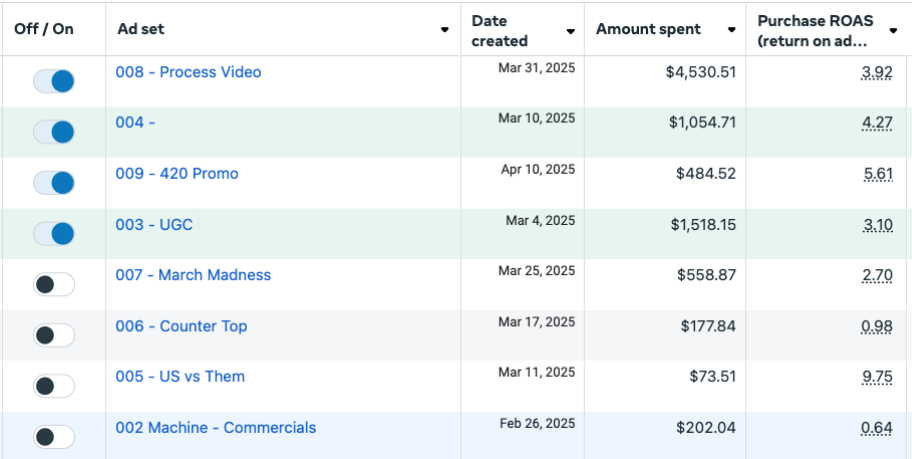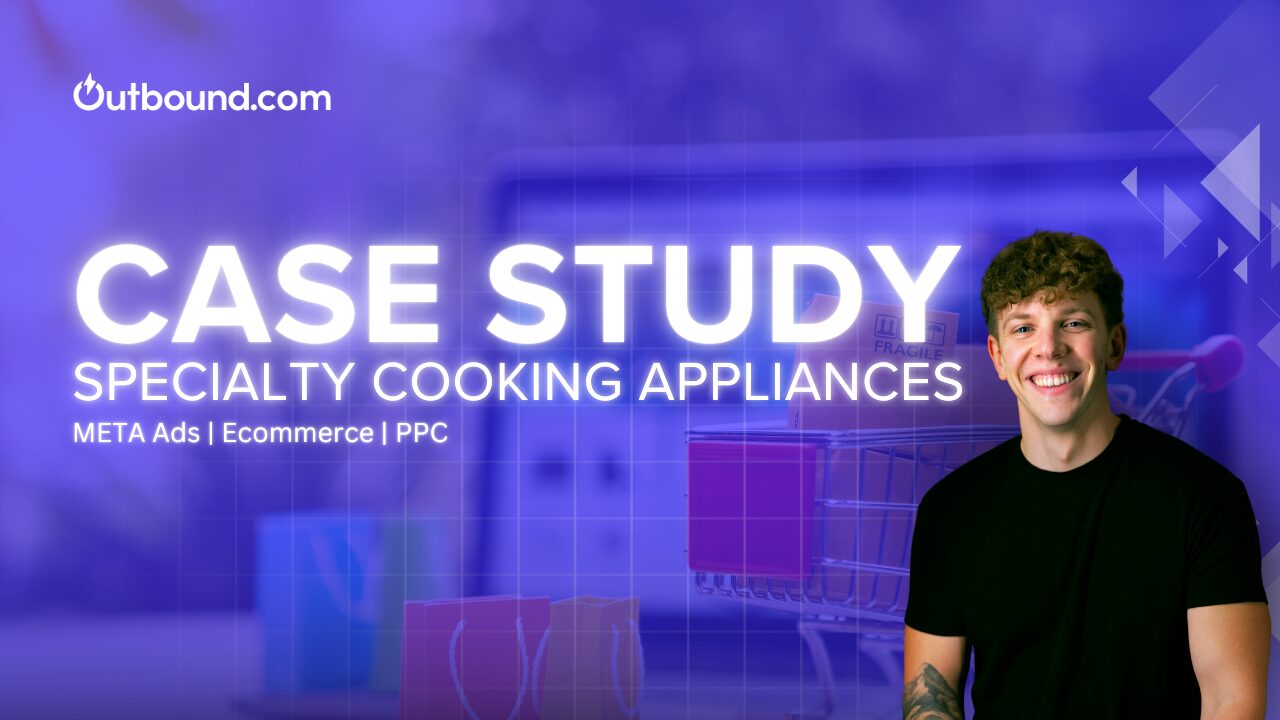Based on 02/01/2025 – 20/04/2025 (Compared to Previous Period)
Case Studies • 22 Apr 2025
Ecommerce | Specialty Cooking Appliance | Meta Ads Case Study
We doubled ROAS and increased conversions by 119% in under 3 months for a niche cooking appliance brand by simplifying their Meta Ads strategy. Fewer campaigns, broader targeting, and consistent creative testing made all the difference.

About the Business
The client is a niche ecommerce brand specializing in innovative kitchen tools designed to simplify the process of making infused recipes at home. With a loyal customer base and a growing market presence, their flagship product helps users create high-quality, homemade infusions with ease, catering to both culinary enthusiasts and health-conscious consumers.
Goals
- Increase ROAS
- Increase Spend
- Increase Sales
Tracking
For this campaign, we only tracked website purchases.
Our Method
1. Simplified Campaign Structure
When I took over the account, there were 4 different campaigns, many of which were advertising the same products, sometimes even using the exact same creatives, just with different targeting. This caused audience overlap and performance cannibalization.
In the first month, I consolidated all campaigns into two:
- One for cold audiences
- One for retargeting (abandoned carts)
After reviewing performance, I eventually merged all audiences into a single campaign, allowing the Meta algorithm to determine who was most likely to convert. This approach often outperforms micromanaged setups, where advertisers overcomplicate things with too many similar campaigns.
2. Removed Unnecessary Targeting
The previous agency had overly specific audience targeting and demographic restrictions. I removed these constraints, relying on Meta’s algorithm to optimize delivery.
⚠️ Note: This works best when you have a warm pixel and historical conversion data, which this client did.

3. Switched to Campaign Budget Optimization (CBO)
I transitioned from Ad Set Budget Optimization to Campaign Budget Optimization. Why? Because Meta knows where to allocate budget most effectively.
However, I closely monitored performance:
- If an ad or ad set wasn’t delivering results, I’d turn it off.
I also reviewed performance within each ad set, pausing underperforming ads instead of letting them drag down the whole set.

4. Consistent Creative Testing
The most challenging part of Meta Ads? Creatives.
We tackled this by:
- Collaborating with the client on a regular flow of new creatives (videos, images, UGC, etc.)
- Launching at least 1 new ad set per week with fresh ads
- Analyzing performance after 1 week

Here’s how I reviewed new ads:
- No Reach? Creative likely weak — turned off
- Some Ads Got Reach, Some Didn’t? I paused the ones the algorithm ignored
- Good Reach, Bad ROAS? Turned off — only kept winners
This process repeated weekly. I also ensured older ad sets didn’t decline in performance over time.
Results
- 104.23% Increase in ROAS
- 12.73% Increase In Spend
- 119.46% Increase In Conversions
- 5.41% Decrease in CPC

Final Thoughts
Sometimes the best Meta strategy is less is more.
By simplifying the structure, trusting the algorithm, and continuously refreshing creatives, we achieved our Clients Goals. This Client is continuously scaling with us and even requested that we run their UK and AUS advertising.







